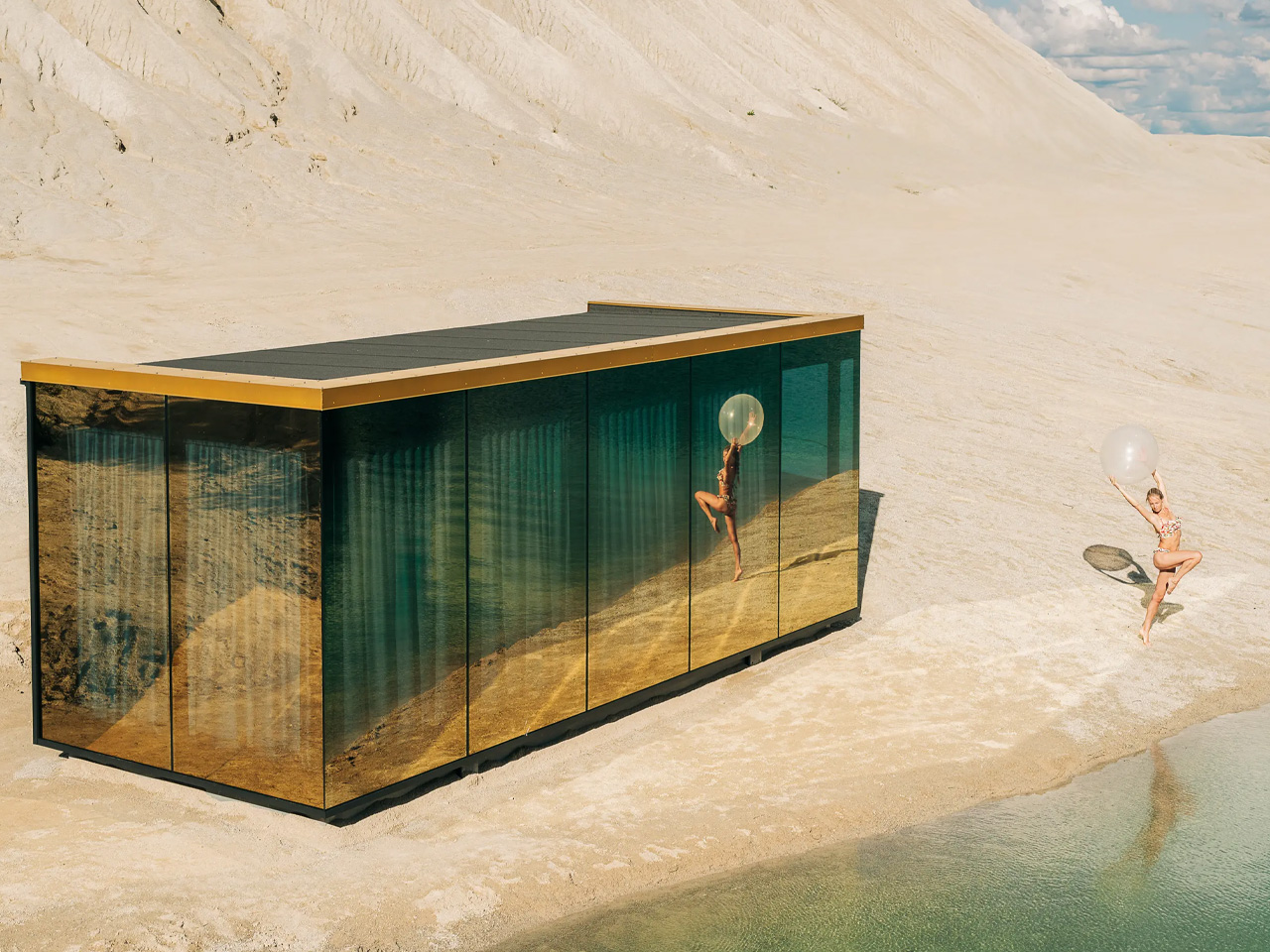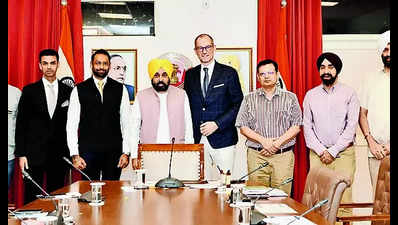Paris: Omega House, an ornate mansion in Paris on the left bank of the Seine, will host exclusive soirées during the Olympics. High on the guest list will be Australian swimmers Emma McKeon and Kayleigh McKeown, who, along with George Clooney, Nicole Kidman and Cindy Crawford, are global ambassadors for the Swiss watch company. McKeon may well wear Dior, the high-end French fashion house for which she is an ambassador.
Another fashion house, Oroton, has enlisted soccer player Hayley Raso to promote its clothes, while fellow Matilda Mary Fowler has become an ambassador for cosmetics giant L’Oreal Paris. The Vogue cover featuring Sha’Carri Richardson. Credit: Vogue The sponsorships used to come from breakfast cereals, Milo and swimming costume companies.

But an exponential growth in the popularity of women’s sport has catapulted female athletes into the wealthy world of luxury fashion and onto the covers of magazines once dominated by actresses and supermodels. Vogue editors around the world were told to put female athletes on the digital cover for the Olympics, a move that would have been unthinkable 20 years ago due to the belief, borne out in sales, that female athletes don’t sell. Vogue Australia’s July cover, now on stands, features five Olympians, including McKeown, skateboarder Chloe Covell and sprinter Torrie Lewis.
Harper’s Bazaar featured the Matildas’ Ellie Carpenter. The most influential of them all, United States Vogue , put sprinter Sha’Carri Richardson on its cover. And at the WNBA draft, first pick Caitlin Clark wore a $17000 Prada outfit that was worth a fifth of her annual salary.
Negotiating a photo shoot with a sports star’s agent has now become as complex as negotiating with an agent for an actress or music celebrity, as athletes recognise the power and value of their brand and image. Matilda player Hayley Raso advertising for Oroton. Juliet Rieden, a long-time magazine editor, said female athletes such as swimmer Susie O’Neill have long graced the cover of magazines such as the Australian Women’s Weekly , but “that was more of a Weekly thing, they weren’t doing Vogue ,” she said.
“They were photographed in their swimsuits, they weren’t photographed as fashion models.” In The New York Times , Jens Grede, co-founder of a $4 billion shapewear company Skims, declared “sports stars are the new Hollywood stars.” In an era of hyper-personalisation, “Sports may be the only place today where we meet across age, racial, social-economic, religious or political lines.
So sport has become an important unifying force.” The value of women’s sport is exploding. An analysis by Deloitte found women’s elite sports would generate more than $1.
25 billion this year, which was three times the estimate for 2021. Sponsorships and partnerships would contribute most to that revenue, and football and basketball were the most valuable sports. Loading The growth is being driven by younger, invested fans, as well as the athletes’ likeability: a study by Nielsen Sport found fans thought female athletes were more inspiring, family oriented and less money-driven than the men.
It also found they were more engaged. Fifty-four per cent of women’s sports fans followed leagues, teams and players on social media, compared to 40 per cent of all fans. “Women’s sport is increasingly being viewed as a unique product that is becoming ever more distinct from men’s elite sport,” said Deloitte’s Jennifer Haskel.
Save Log in , register or subscribe to save articles for later. License this article Olympics Paris 2024 Jordan Baker is Chief Reporter of The Sydney Morning Herald. She was previously Education Editor.
Connect via Twitter or email . Most Viewed in Sport Loading.


















